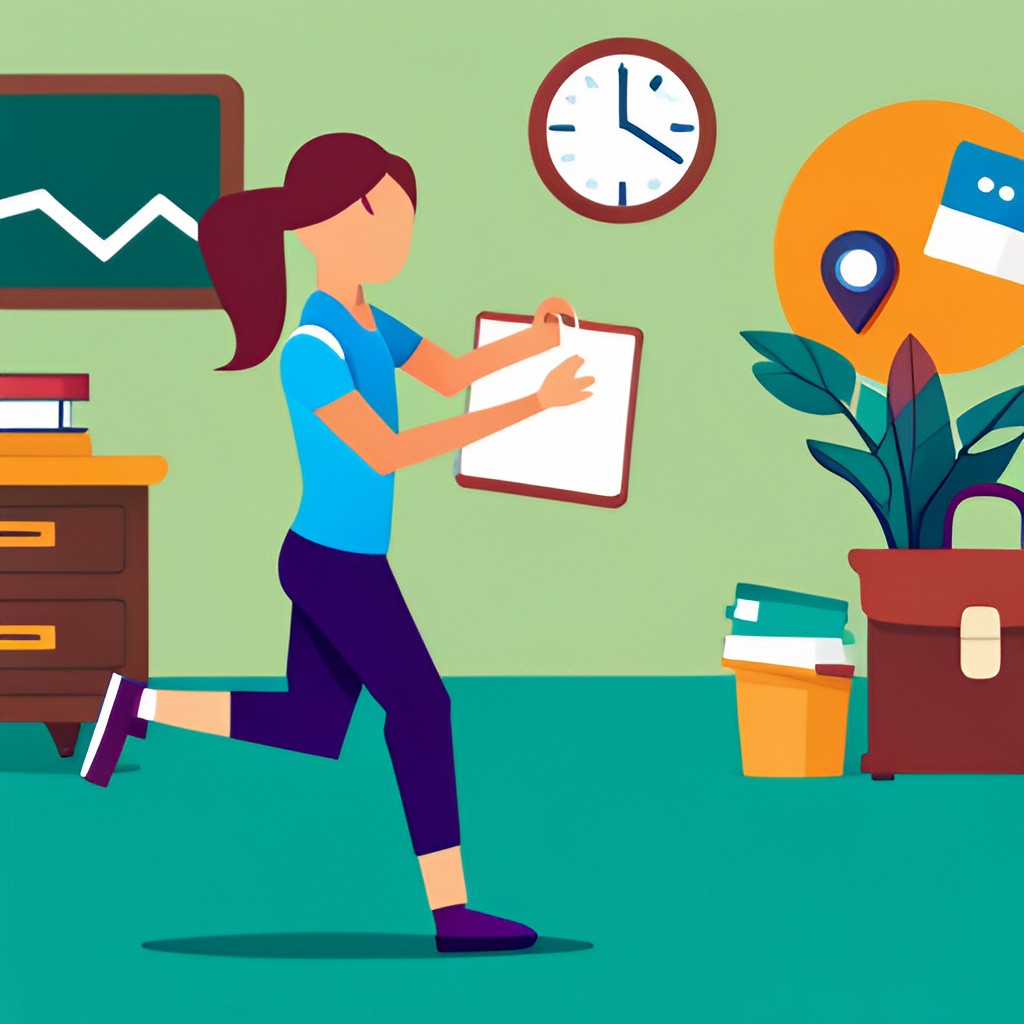
In the diverse world of educational methods, kinesthetic learning strategies stand out for their dynamic and engaging nature. This unique approach to learning resonates with those who thrive on physical activities and sensory experiences, seamlessly integrating these elements with educational processes to bolster understanding and retention.
As we explore the essence of kinesthetic learning, we delve into its practical applications, demonstrating how activating kinesthetic learning can be a game-changer in various study settings and subjects.
Understanding Kinesthetic Learning: A Hands-On Approach
Kinesthetic learning, at its core, emphasizes physical movement and touch as primary means of acquiring knowledge. It’s a hands-on approach where individuals engage in activities that involve physical manipulation, such as conducting experiments or participating in sports. This active involvement is crucial in enhancing learning through movement, allowing kinesthetic learners to process and internalize knowledge more effectively.
Are You a Kinesthetic Learner? Identifying Physical Learning Styles
Characterized by a preference for movement and tactile experiences, kinesthetic learners are distinct in their approach to learning. If you find yourself gravitating towards activities that involve touching, moving, or manipulating objects, you might be tapping into effective kinesthetic study techniques. These learners excel in tasks that require practical applications and physical coordination, a testament to the diverse nature of learning styles.
The Importance of Kinesthetic Learning in Education
Kinesthetic learning isn’t just about physical activity; it’s about enhancing memory retention and engagement through multi-sensory experiences. This approach, integral to practical kinesthetic learning techniques, allows learners to form stronger connections with the material, promoting deeper understanding and comprehension. It’s a testament to the importance of interactive learning for kinesthetic learners, keeping them motivated and focused.
Boosting Memory & Engagement: The Role of Engaging Kinesthetic Learning Activities
In the context of memory and engagement, the role of kinesthetic methods in study cannot be overstated. Whether it’s in academic settings or daily life, the benefits of a strong memory and active engagement are pivotal. Kinesthetic learning strategies play a crucial role in this, offering a pathway to improved cognitive abilities and overall well-being.
Hands-On Approaches to Kinesthetic Learning: Engaging Techniques in Action
Integrating hands-on learning approaches into the educational process has shown numerous benefits. By combining academic content with physical actions, kinesthetic learning transforms the traditional learning experience into something more interactive and enjoyable. This approach not only boosts cognitive function and memory retention but also increases motivation among students.
Examples of Kinesthetic Learning: Bringing Theory to Life
To truly understand the impact of kinesthetic learning in education, examining real-world examples is essential. From the Montessori system’s hands-on approach to the use of role-playing activities in classrooms, these examples highlight the transformative power of engaging kinesthetic learning activities.

Workplace & Professional Settings: Kinesthetic Learning in Action
In professional environments, kinesthetic learning strategies take on a crucial role. Hands-on training and simulations in the workplace allow employees to practice and perfect new skills in a controlled, engaging environment. This approach to kinesthetic learning not only enhances understanding of job roles and responsibilities but also leads to improved performance and greater job satisfaction. Similarly, in workshops and conferences, interactive activities and group exercises leverage the principles of kinesthetic learning to create a memorable and impactful educational experience.
Everyday Life: Applying Kinesthetic Learning Techniques
Beyond formal education and professional settings, kinesthetic learning permeates everyday life. Engaging in activities like cooking, playing an instrument, or even sports can be seen as practical applications of kinesthetic learning techniques. These activities not only enhance skill acquisition but also improve memory retention and understanding. Even daily tasks like organizing or cleaning can become opportunities for kinesthetic learning, further illustrating the versatility and effectiveness of this learning style.
Incorporating Kinesthetic Learning in Different School Subjects
Kinesthetic learning can be creatively integrated across various school subjects. From mathematics, where students can use physical models to understand complex concepts, to history classes that use role-playing to bring historical events to life, kinesthetic learning strategies enrich the educational experience. This approach facilitates a deeper understanding of subjects, catering to different learning styles and making education more inclusive and effective.
Challenges and Solutions in Kinesthetic Learning
While the benefits of kinesthetic learning are numerous, implementing this approach is not without challenges. Resource limitations and traditional classroom settings can pose obstacles to effective kinesthetic learning. However, these challenges can be overcome with innovative solutions such as utilizing digital tools like virtual reality or incorporating flexible, movement-oriented classroom designs. By addressing these challenges, educators can unlock the full potential of kinesthetic learning, making education more dynamic and accessible to all learners.
Conclusion: The Transformative Power of Kinesthetic Learning
The active, hands-on nature of kinesthetic learning strategies makes them a powerful tool in both educational and professional settings. By engaging the body in the learning process, these techniques enhance memory retention, increase engagement, and foster a deeper understanding of complex concepts. Whether in a classroom, workplace, or daily life, kinesthetic learning has the power to transform how we perceive and interact with information, leading to more effective and enjoyable learning experiences. Embracing kinesthetic learning is not just about adopting a new method; it’s about recognizing and nurturing the diverse ways in which people understand and engage with the world around them.

